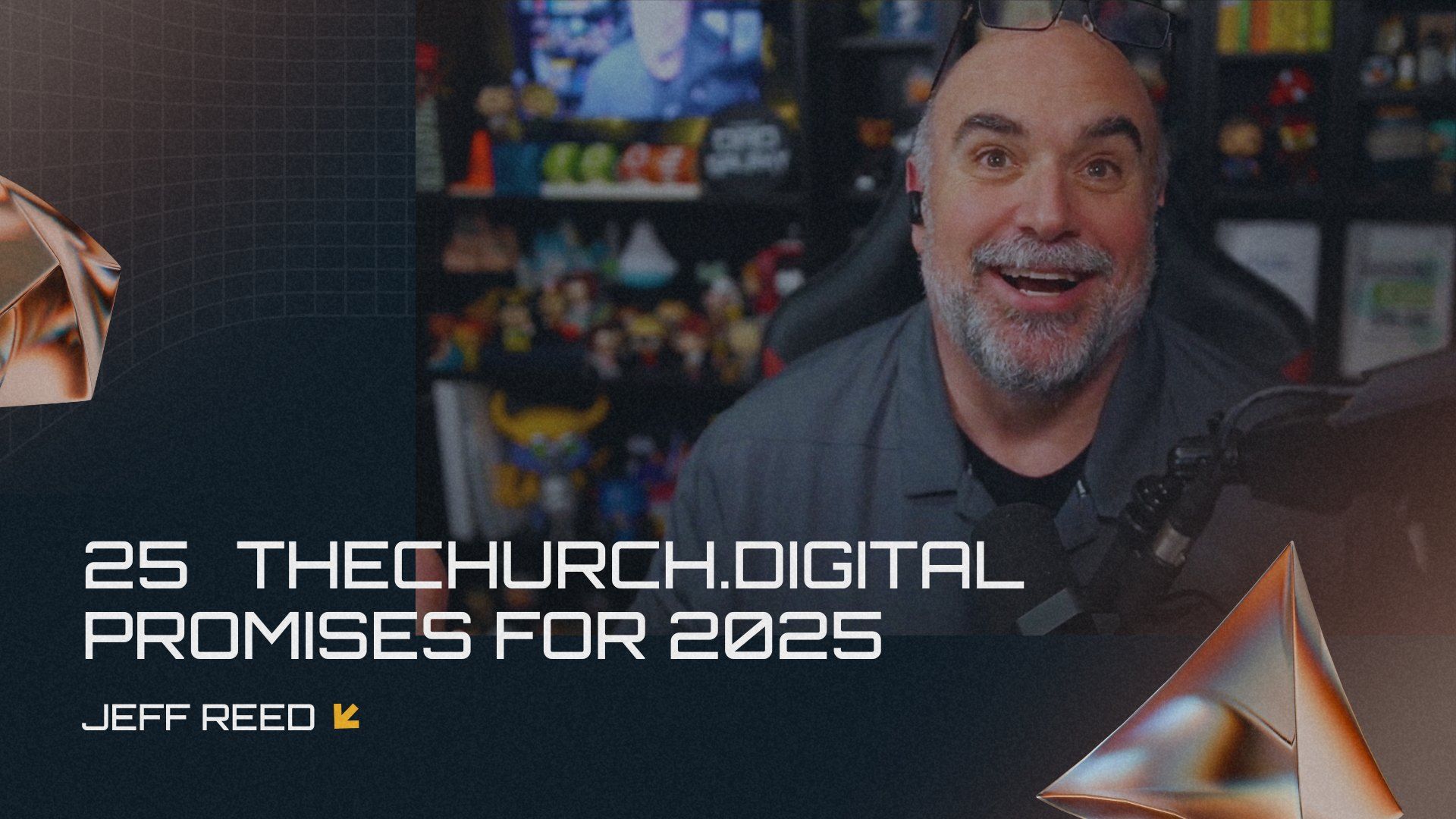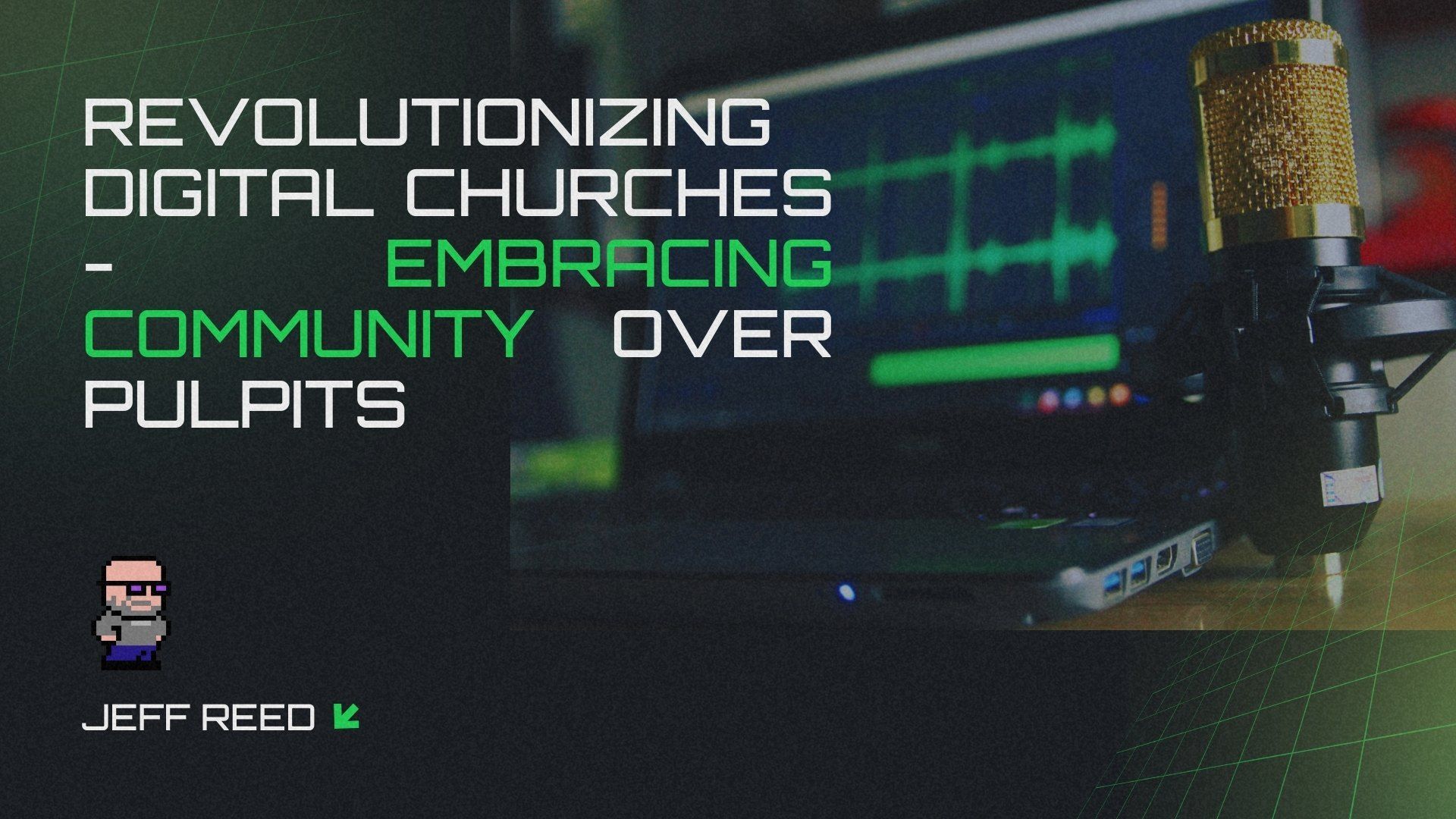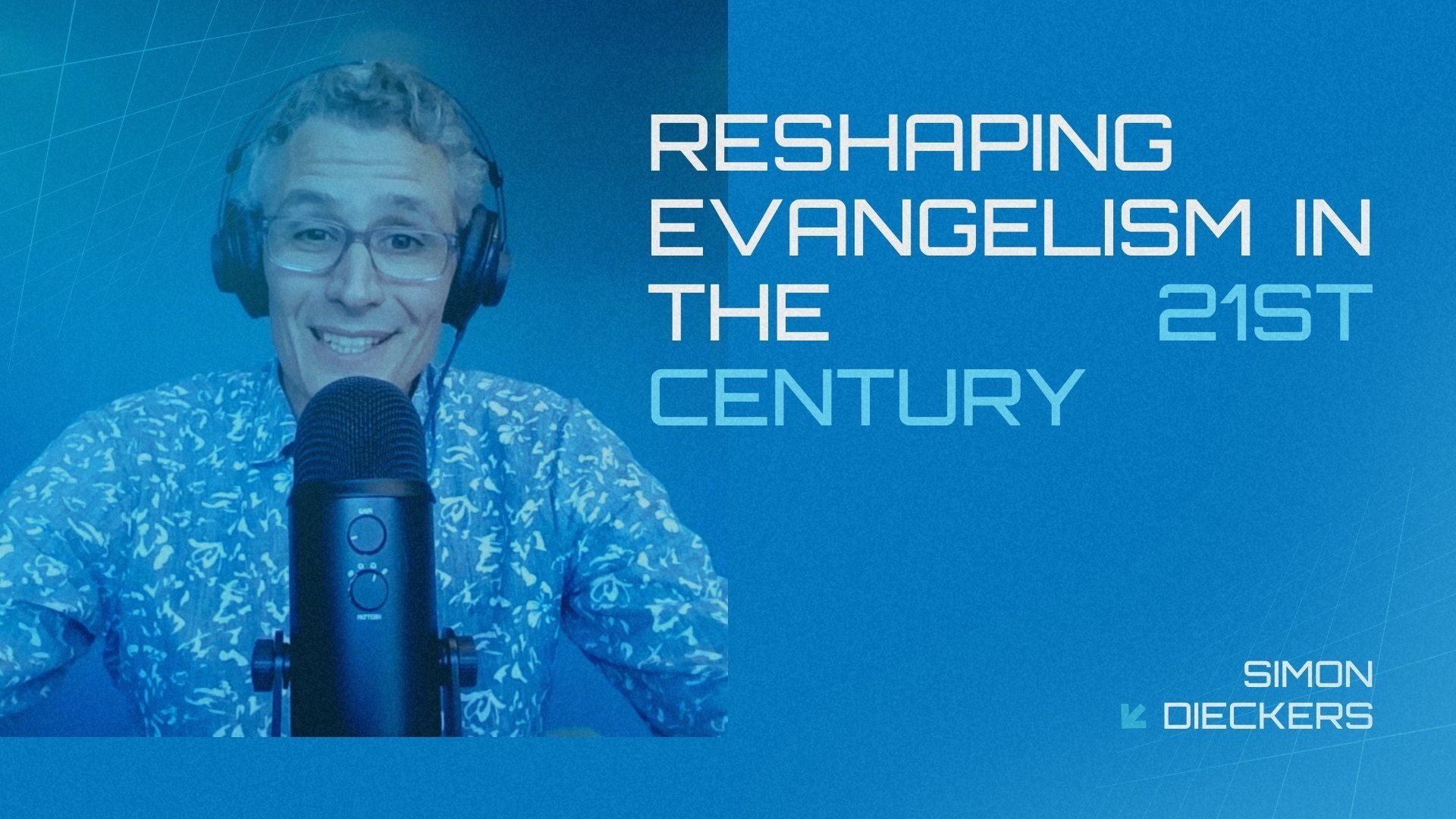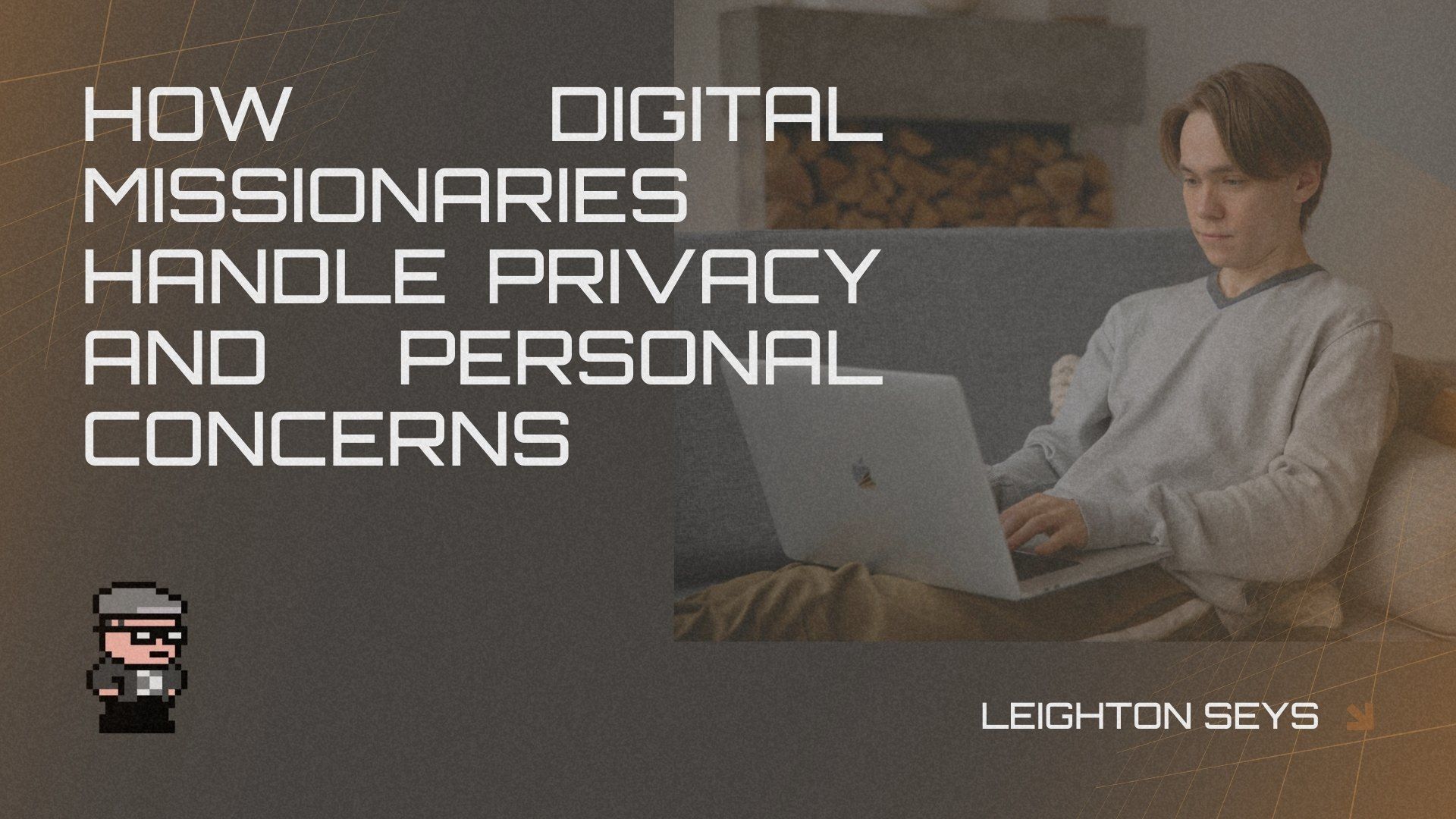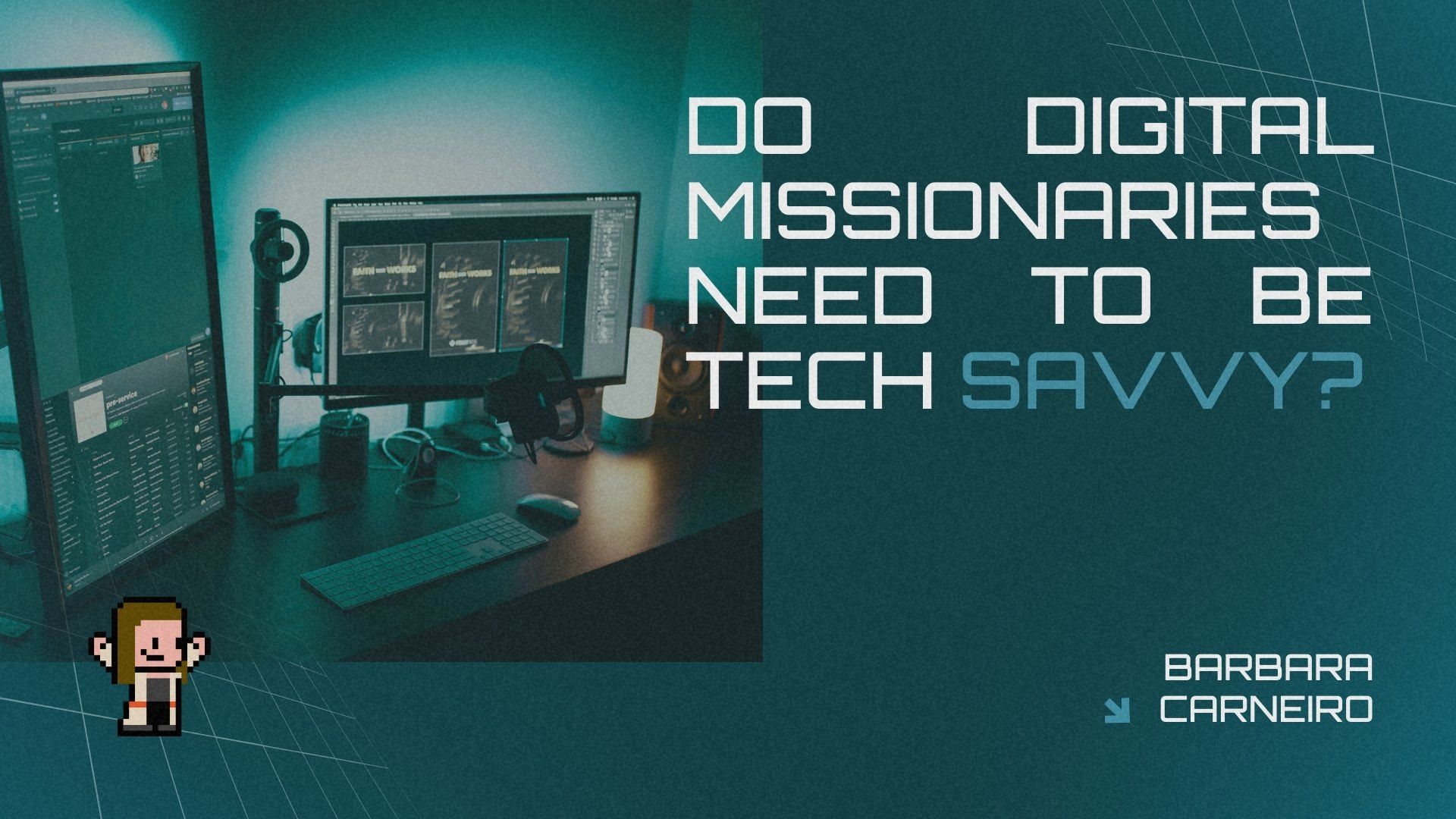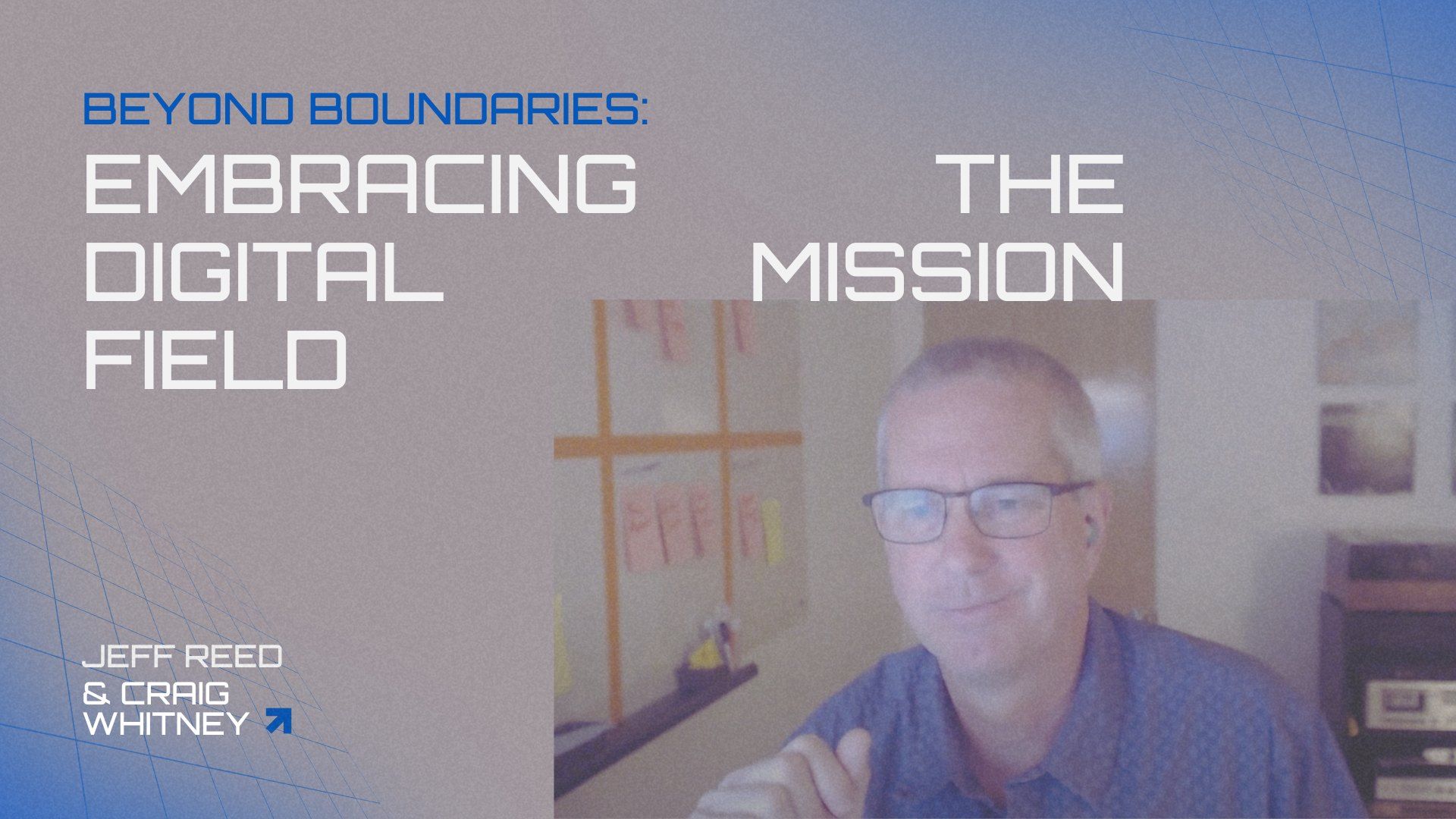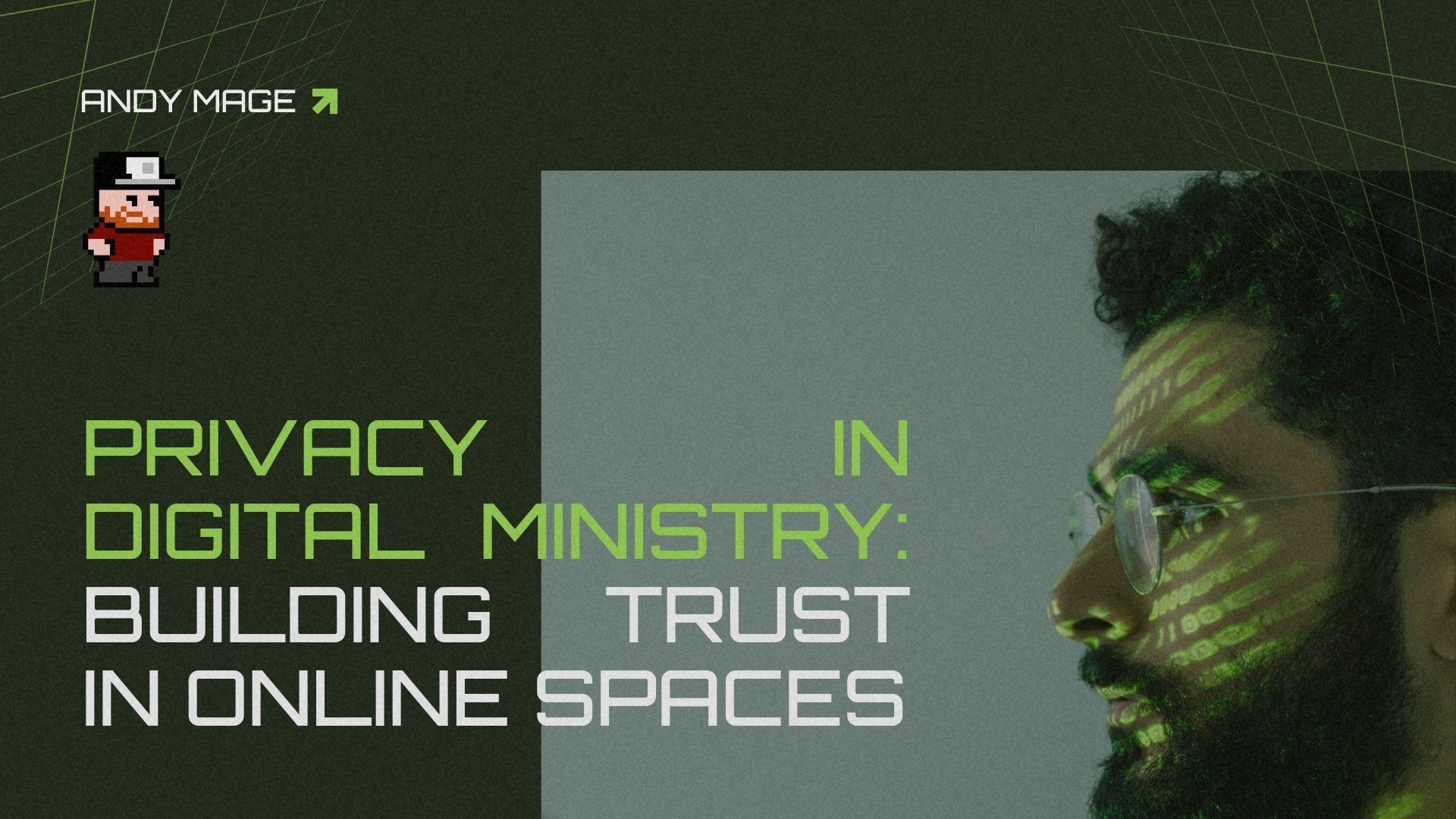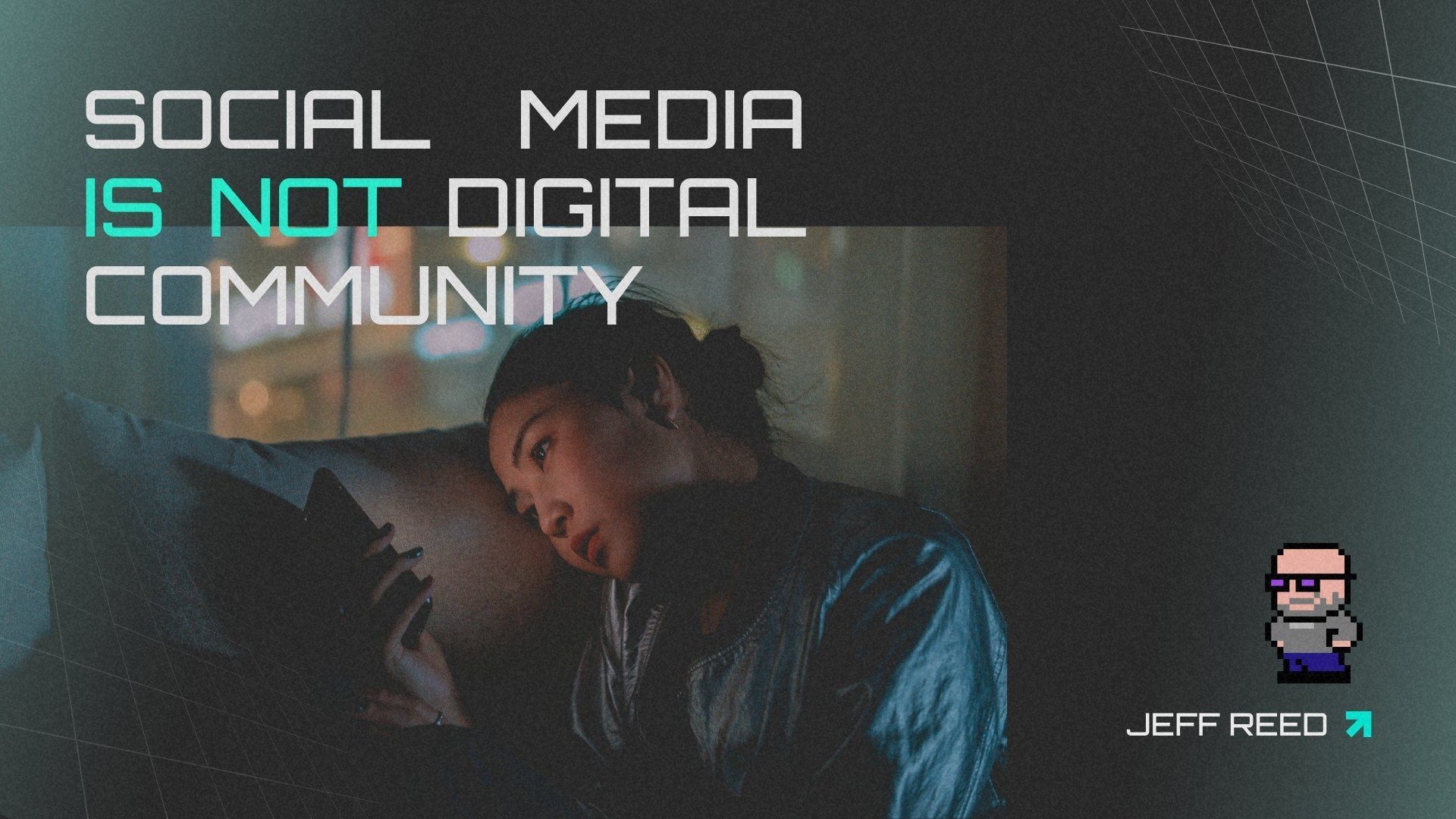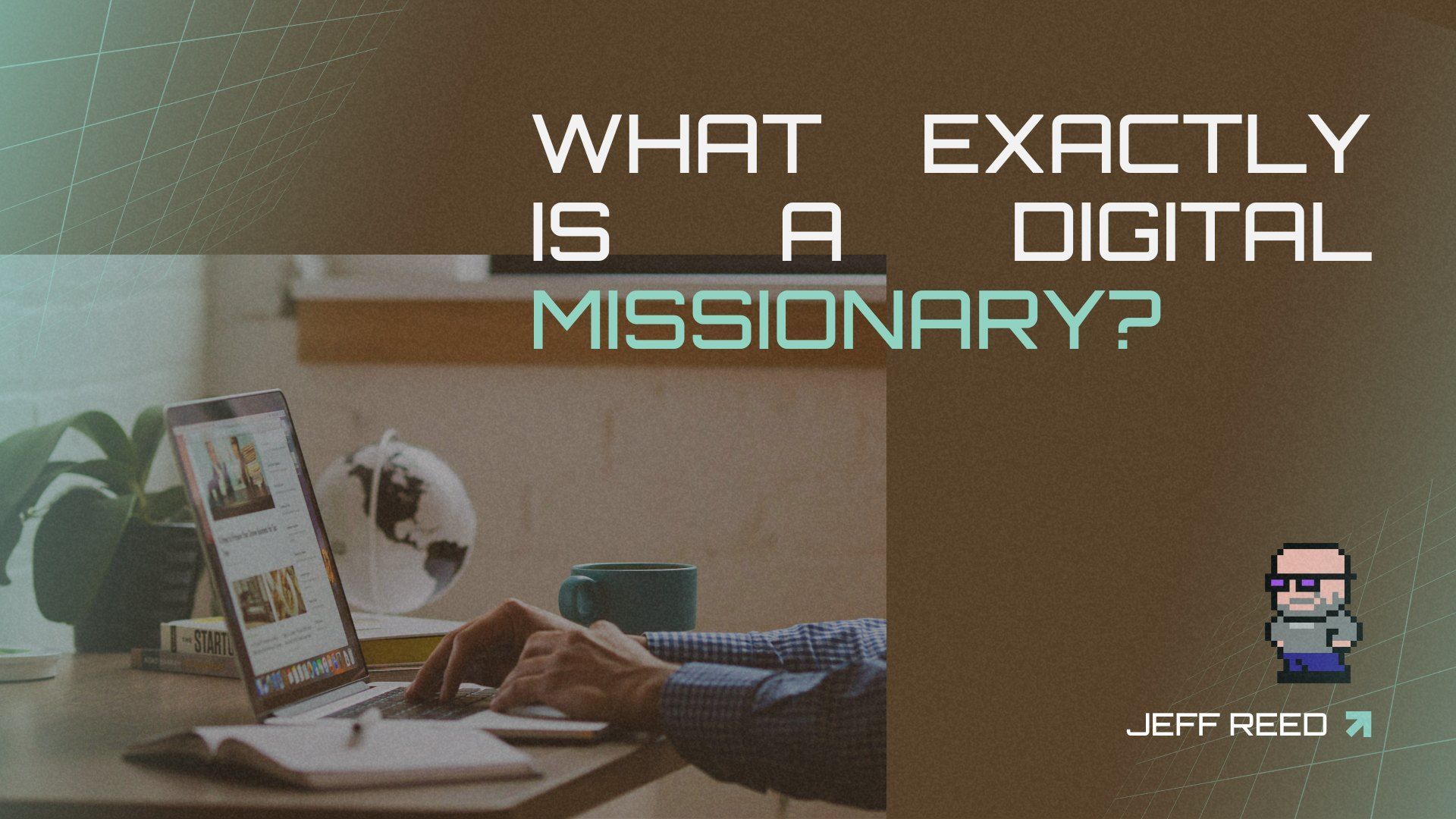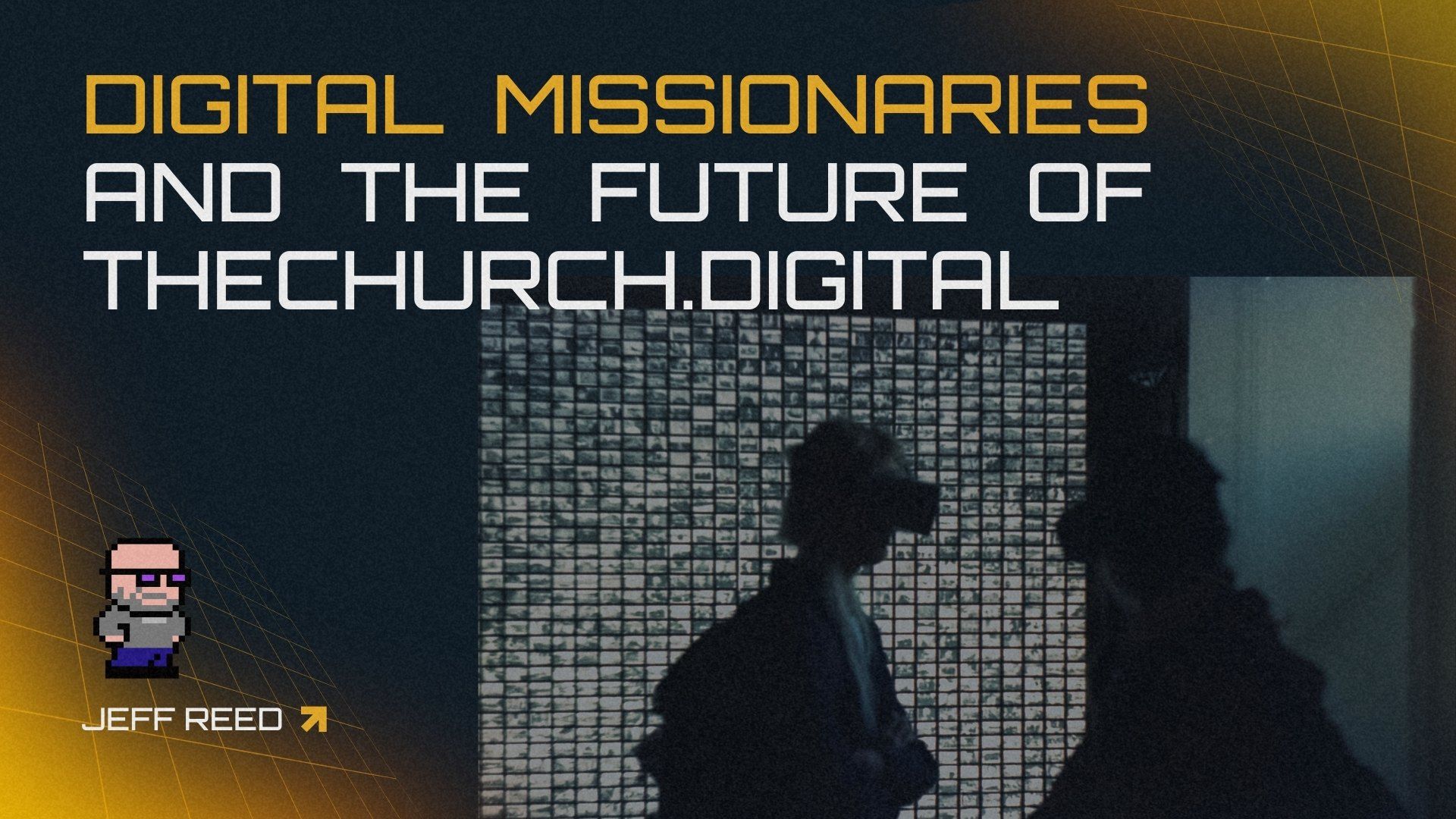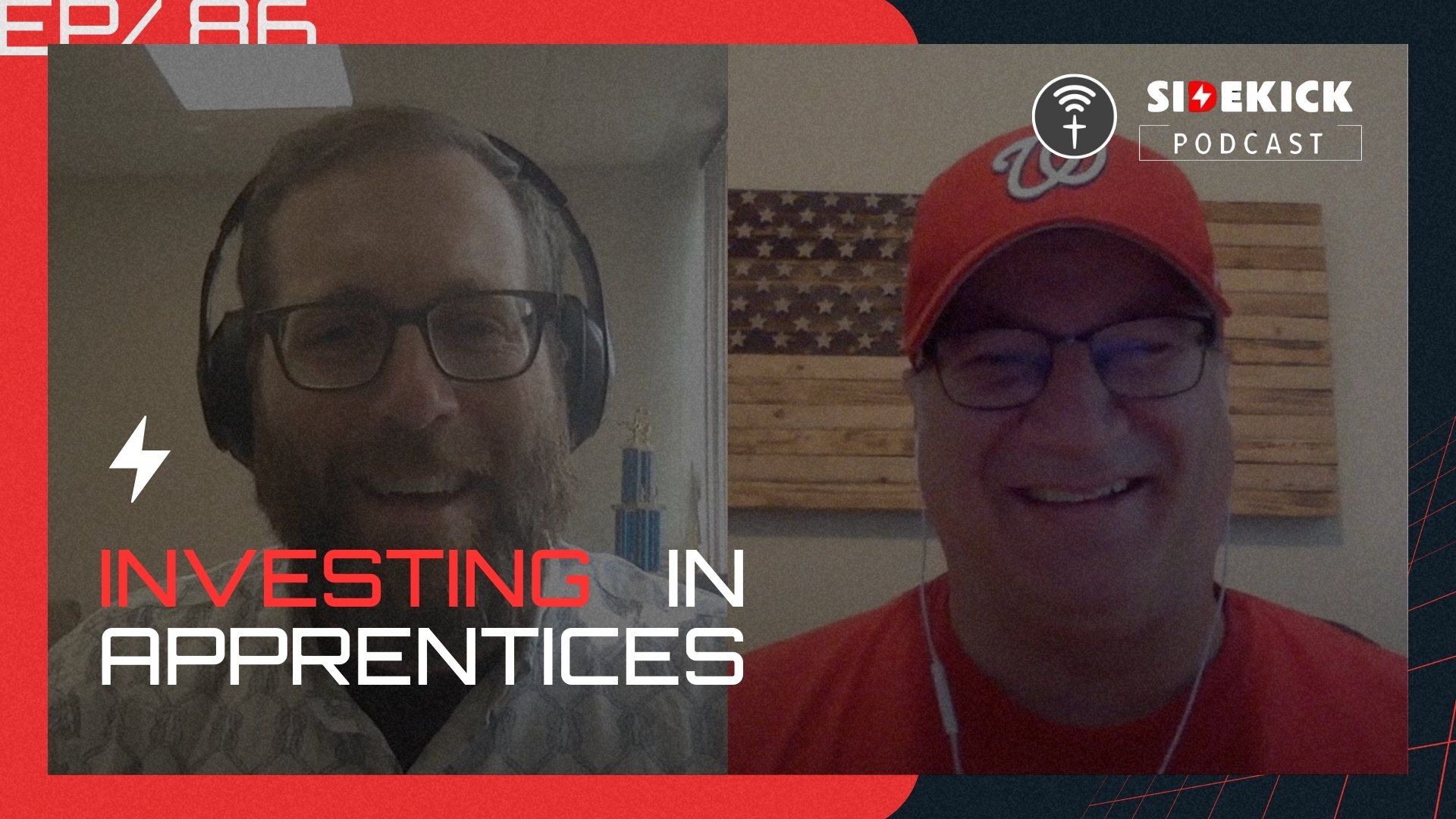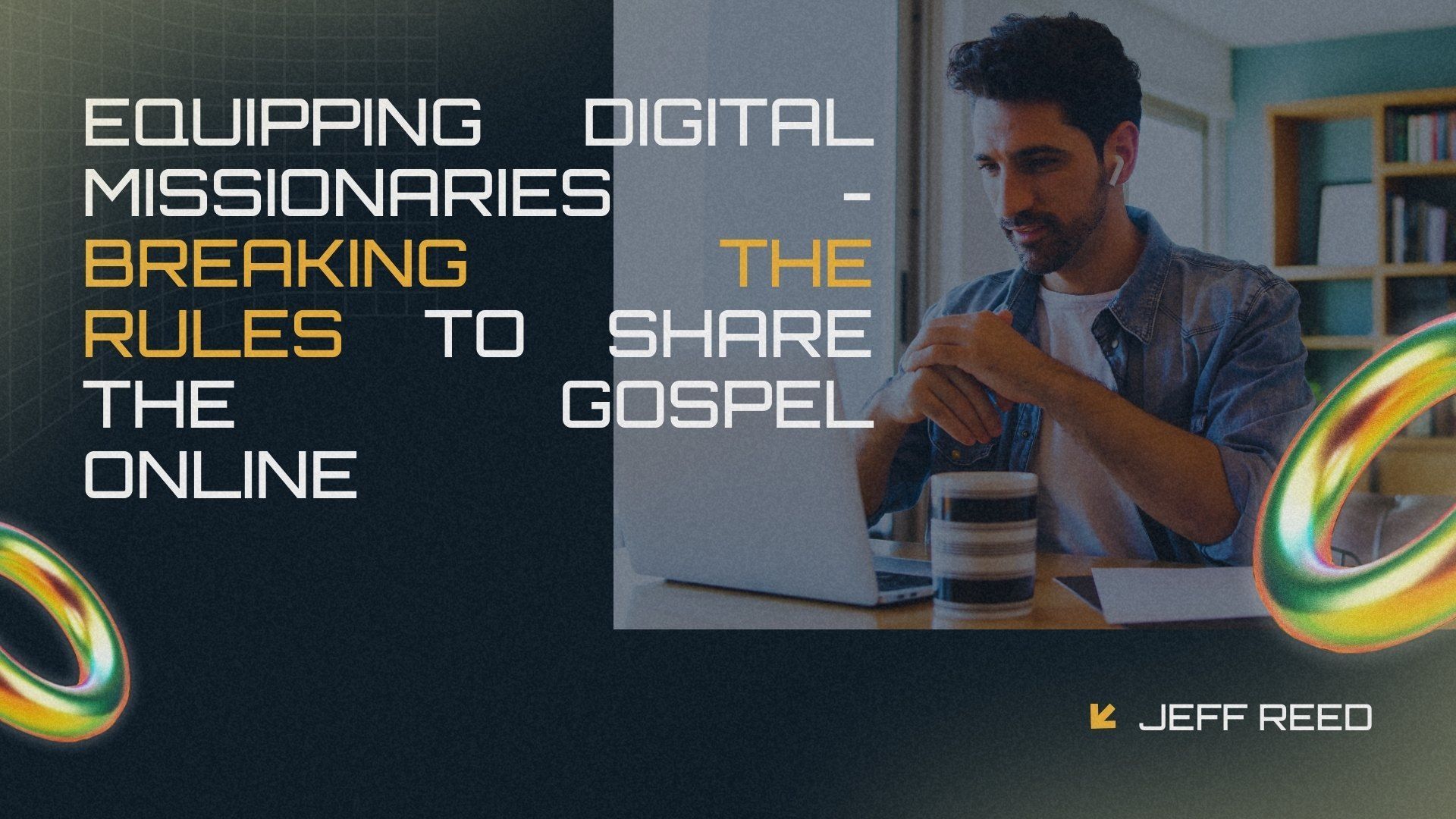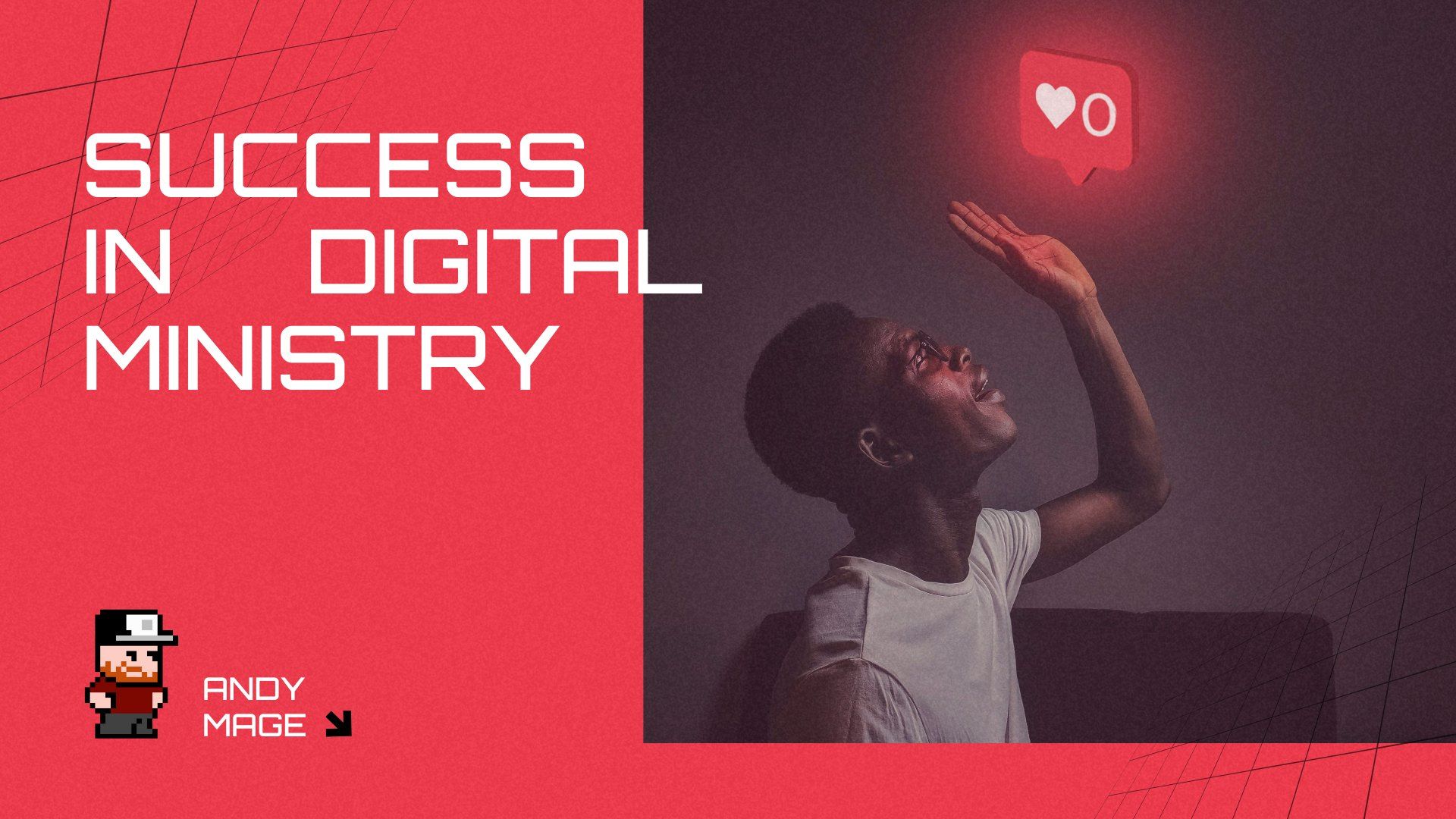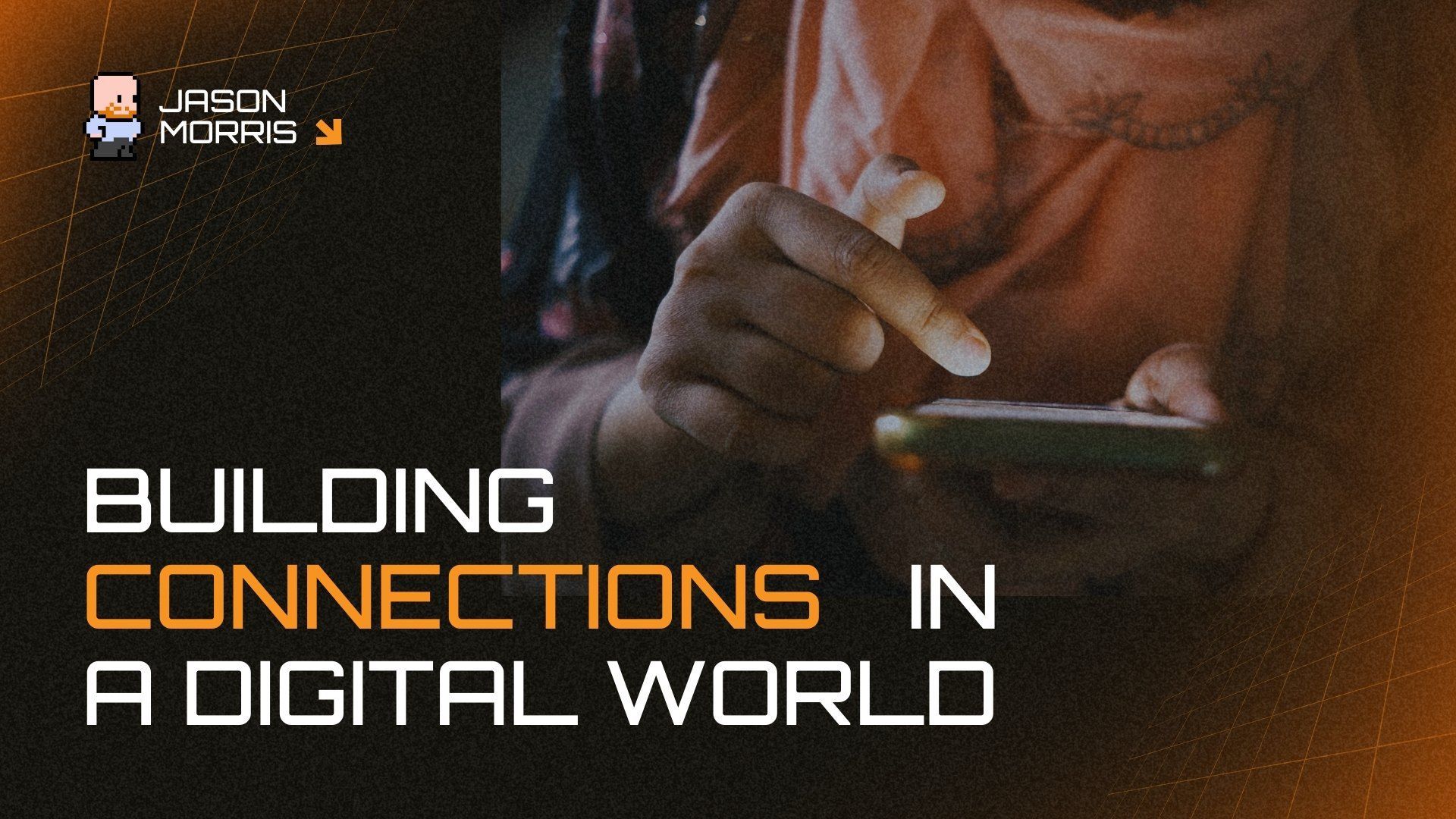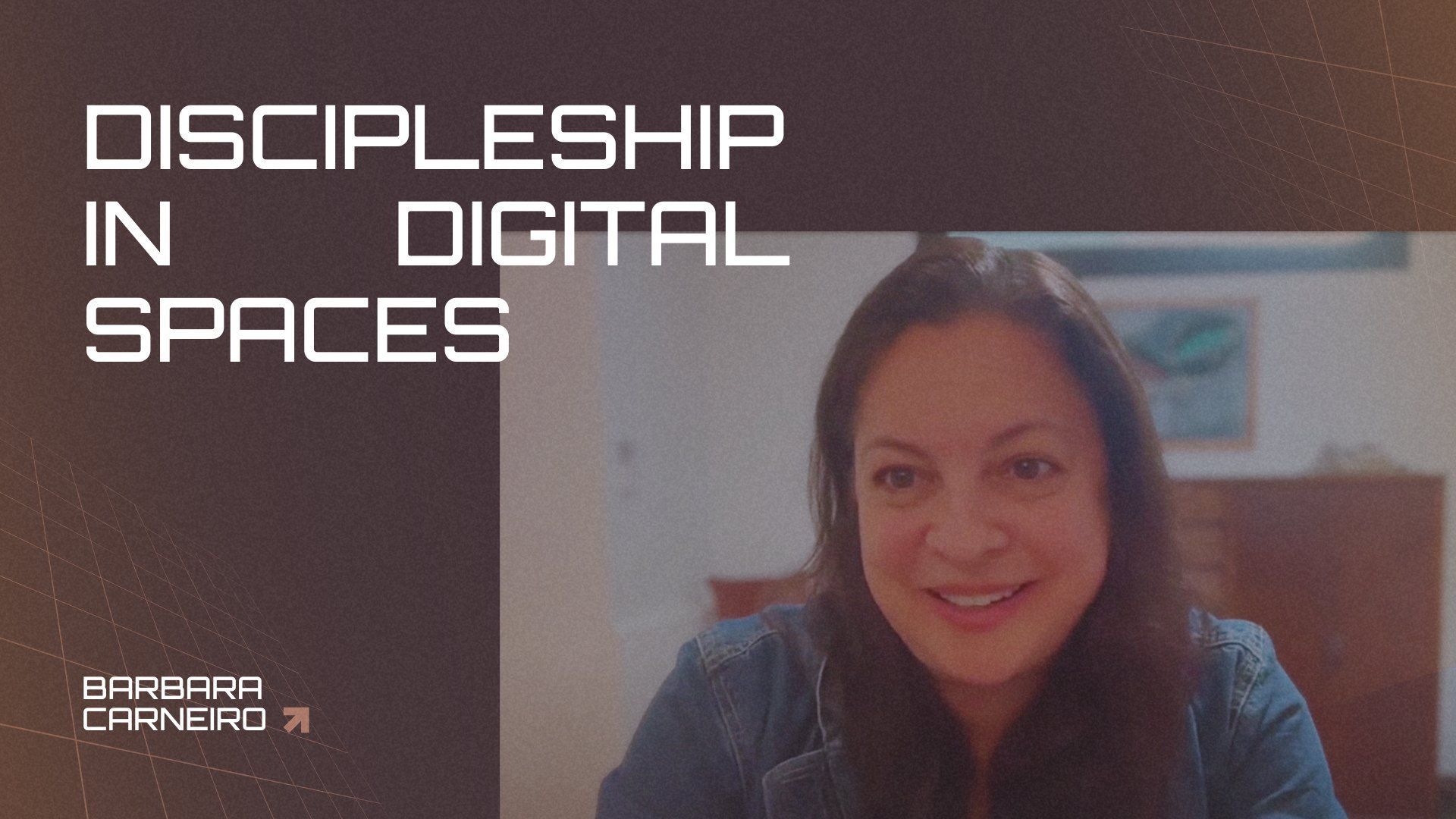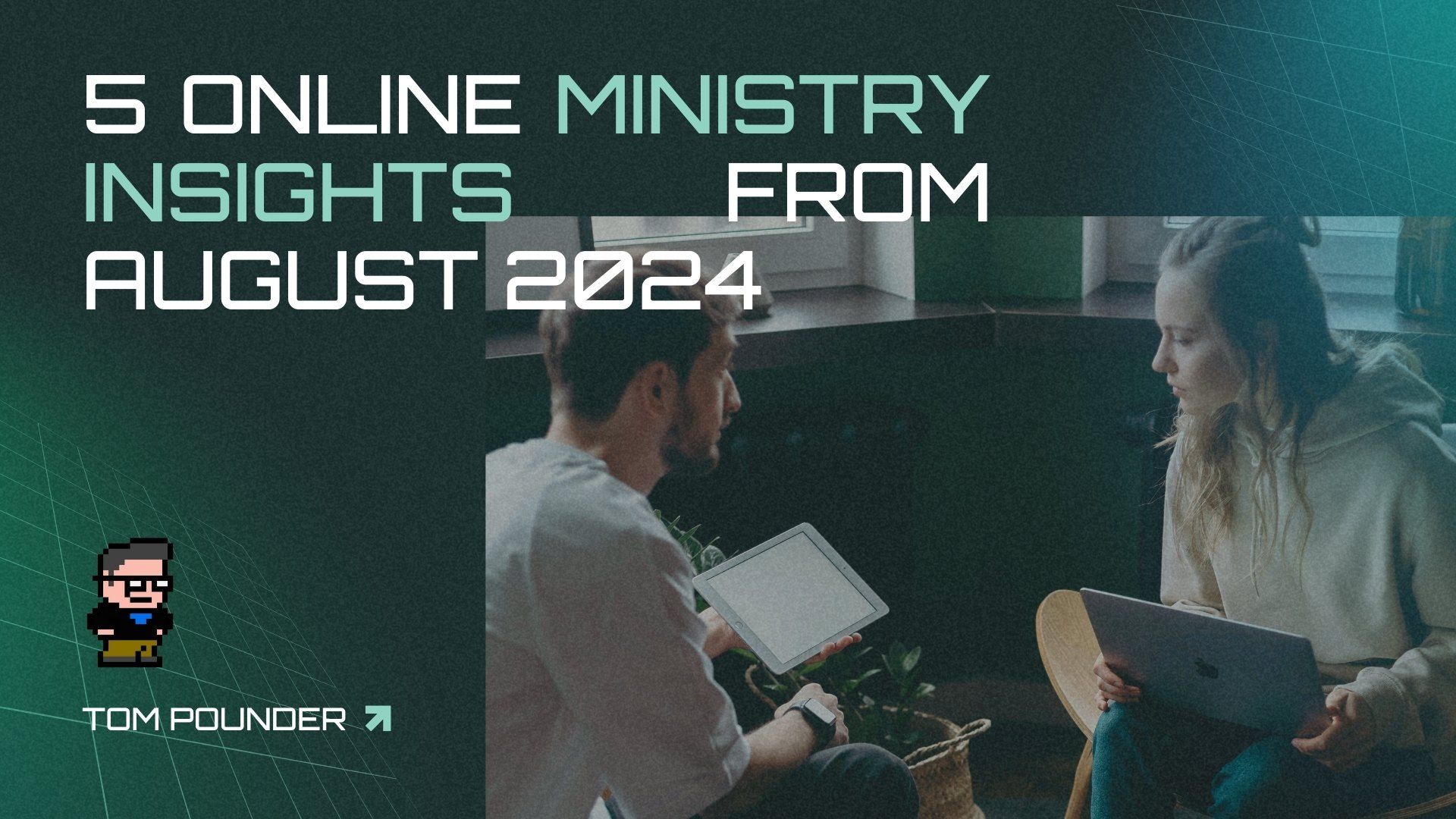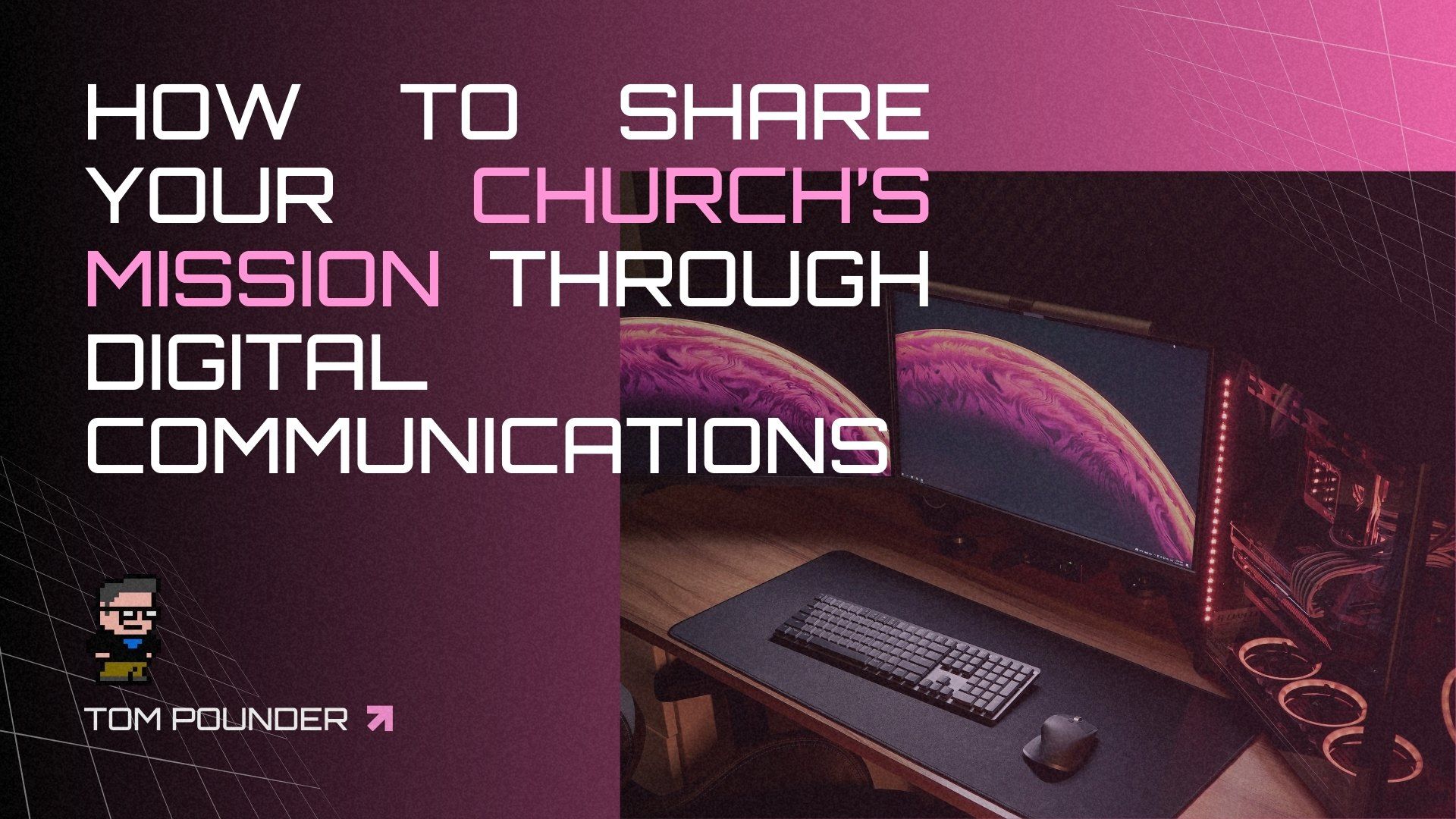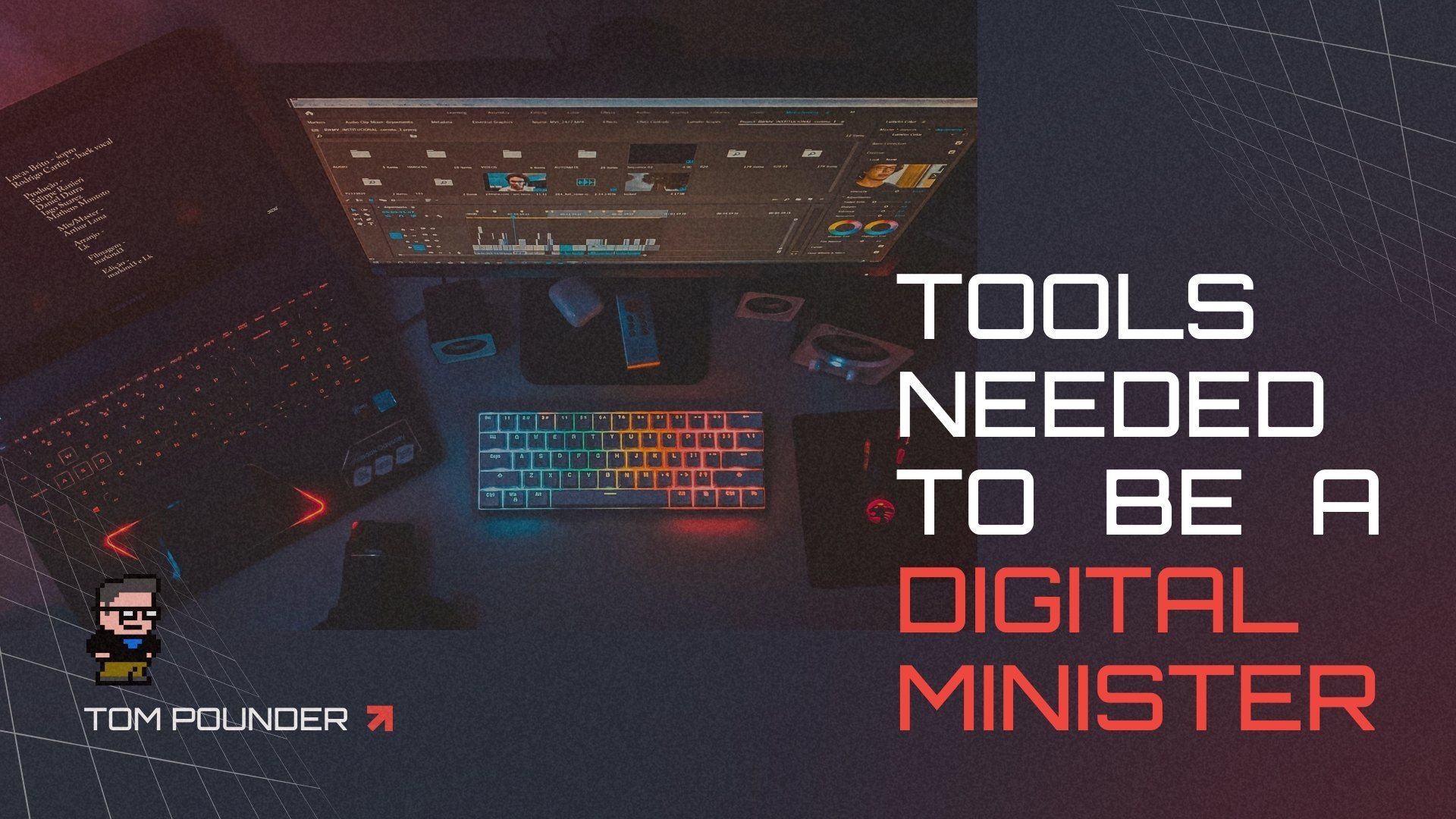The Power of Authenticity
One thing that came out of the Covid pandemic was that people became more transparent, honest and authentic. That really resonated with people. Today, Cory Sullivan joins the podcast to talk about how he is being authentic on social media and how he is using that to reach people.
Subscribe for more powerful content on increasing your reach by leveraging the power of authenticity: TCD Sidekick , Android, Spotify | RSS
ACTION STEPS:
- Share your thoughts! Share below or on Twitter by reaching out to Tom .
- Cory is a great resource. Access his blog articles. You can also follow him on Instagram. He's a great resource so hit him up and pick his brain.
- Join the Digital Bootcamp Facebook group and learn how to be more effective using digital tools for your ministry. This is for ALL ministers, not just church communicators or social-media managers as we share resources, tools and digital trends to see how we can reach more people for Christ.
- Looking for Digital Ministry coaching? theChurch.digital is offering a variety of digital, phygital or metaverse ministry coaching and cohorts.
- If you are in digital ministry, be part of the Digital Ministry Community on Twitter. We share daily encouragement and support to help you do ministry in this online world more effectively.
- Sign up for the Sidekick Scoop weekly email. Each friday get a fresh email with content from all over the ministry world (especially online and student ministry topics) and be encouraged in how you can minister more effectively in today's world.
- If you have an idea for a topic or a person to be interviewed for a future podcast episode,
contact Tom Pounder
What do you think? Share your ideas on Discord or on social media.
Through the.Church.digital, we are helping physical and digital churches better understand the discipleship process, and helping churches and church planters understand this and other decentralized mindset shifts. By taking this quick assessment we can get you connect with a coach, resources and more. Also, check out our Discord Group where we are encouraging people daily.
